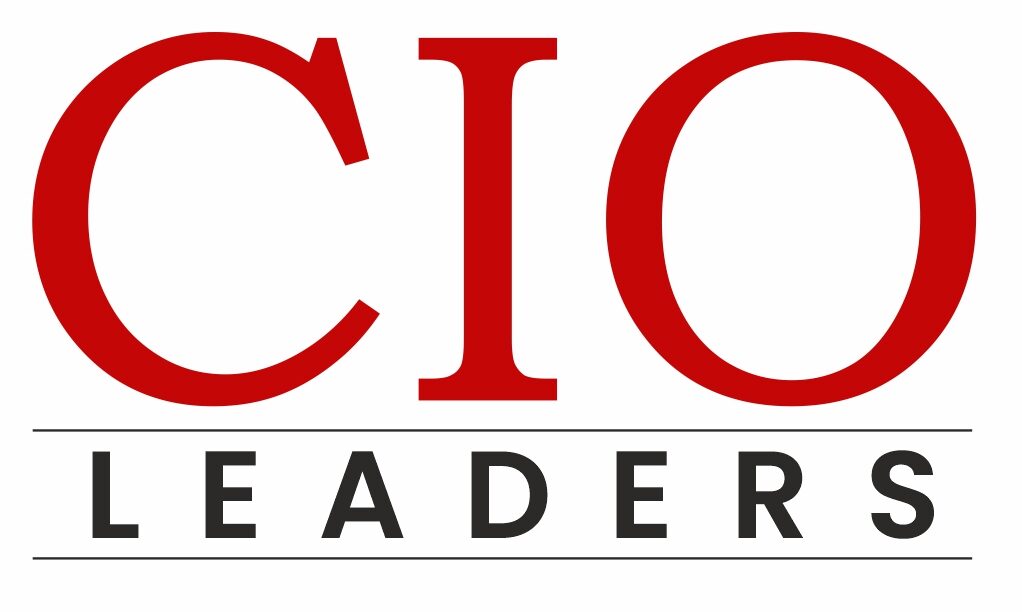Transformation is not only the good but the necessary thing. Organizations face a myriad of challenges, such as technological changes, changing market dynamics, and shifting consumer expectations. In order to navigate all those complexities well, one needed a firm foundation, and certainly the very foundation for it is a form of leadership buy-in. This can be described as commitment and support of leaders in an organization towards an initiative or strategic direction.
The Role of Leadership in Business Transformation
Leadership is of high importance within organizations, concerned with the culture, vision, and directions of the concerned. Leaders are vital players within a change process since it is their commitment that empowers teams, aligns resources, and sets an environment through which change is possible. Unless leaders become champions of the vision, they cannot transition the teams through uncertainty and horrors they are expected to face.
Leaders set the tone for any initiative. Attitudes and actions of leaders trickle down to the rest of the organization. If the leadership is enthusiastic and committed, it spreads and makes the employees at any level willing to change. Conversely, if the leadership is not supportive, the employees become skeptical and resistive, which leads to a halt in progress and “potential defeat” of the overall transformation.
Building Trust and Confidence
Trust is the foundation of effective leadership. Employees in any transformation process need to trust their leaders. It can be achieved through open communication, consistent action, and actual commitment to the shared vision. The reasons for transformation, expected outcomes, and role every team member will play to achieve those goals should be explained by the leaders.
This creates an open culture, as it makes the leadership more open to the challenges and opportunities that transformation brings. It makes the employees more candid about their worries, ideas, and feedback that may help bring a better inclusive environment. The collaborative environment will not only help enhance the problem-solving capabilities but also help identify potential pitfalls much earlier.
Involvement of Employees
Employee engagement is likely to be the prime determinant of any transformation effort. The better an active leader approach involves team members to obtain the input and their involvement, then better such a leader will prove in instilling commitment and ownership among the employees. Employees most likely understand and welcome change and thus are most likely to yield positive give in towards the transformation effort.
Leaders can involve their teams by asking them to participate in the decision-making process, seeking their opinion on the proposed changes, and acknowledging the efforts of individuals. This will help in ensuring that transformation is a collective process rather than a diktat from the top. It helps employees to use their skills and passion for the good of the organization, leading to innovation and productivity.
Overcoming Resistance
Change resistance is an automatic human reaction. People never know what change means to their role and responsibility. If leaders are well aware of this, they will be able to prepare for such objections and challenges in advance and will actively try to address people’s concerns and give them support through the process of transformation, which reduces resistance and fosters a more receptive atmosphere.
Effective communication holds the key in this regard. Leaders should communicate frequently about the transformation process, share success stories, and highlight milestones along the way. Constant dialogue reassures employees that their leaders are indeed concerned with their well-being and professional growth in times of transformation.
Alignment of Vision and Strategy
There is an anchorage for business transformation to take place in effective ways when the prepared change is associated with a clear vision and strategic plan consonant with that vision. Leaders develop and communicate the vision; it is not merely stating goals but painting a picture for the future that is meaningful to all stakeholders.
By making the change strategy aligned with the mission of the whole organization, and also the values of the organization, leaders help people understand the reasons behind the changes. This would help create a concerted effort, directing resources and energy to common ends. Leaders who articulate clear visions guide teams in connecting daily work to broader organizational aims, creating a feeling of purpose and direction.
Sustaining Change
Transformation in a business cannot happen overnight but as a long process. While initial changes may have been incorporated, it’s then the role of leadership buy-in that makes this a more sustained long-term affair. In fact, for long-term changes, the same leadership will be advocating the cause to their employees with constant reinforcement that may also solve issues or obstacles as they begin to surface.
Change sustainability involves observing the progress and regularly making adjustments. Leaders who are actively engaged and monitor the outputs and obtain feedback from the teams are, therefore, likely to have an interest in sustained improvement. This way, the change is not only consolidated but also an adaptive culture is implanted within the organization.
Conclusion
The leadership buy-in is paramount in affecting the business transformation. Organisational heads setting commitment, trust, and leadership engagements sets solid impact which then rolls over to affect the whole organisation; leaders, therefore, facilitate cooperation through the shared vision where collaborative thinking can be allowed within the organizational environment and processes be made open to enhance communication in the organization through it, in order to effectively make changes happen. Sure, strong leadership, one such tool, will emerge through all those adaptation processes as being important in successfully probing and solving such a constantly moving scenario of doing business. Indeed, it would be due to inspired leaders with commitment, who would surely deliver the best true transformation required to sustain that success in the longer term.

